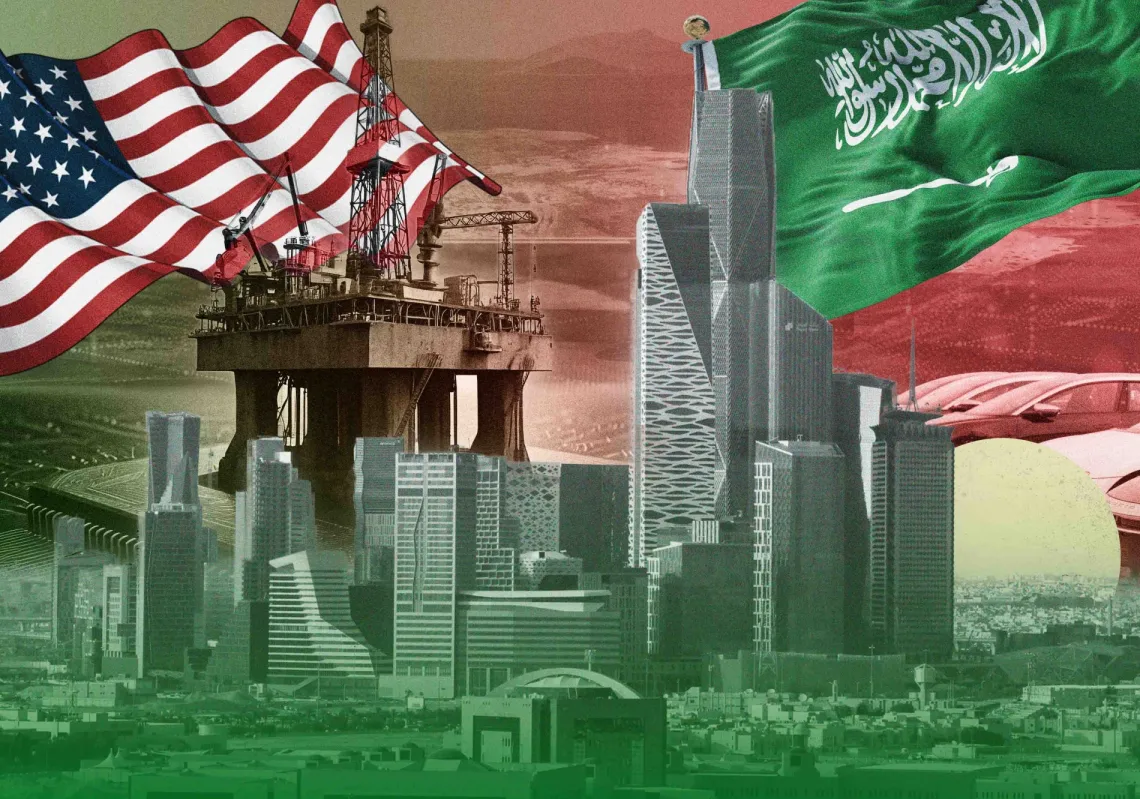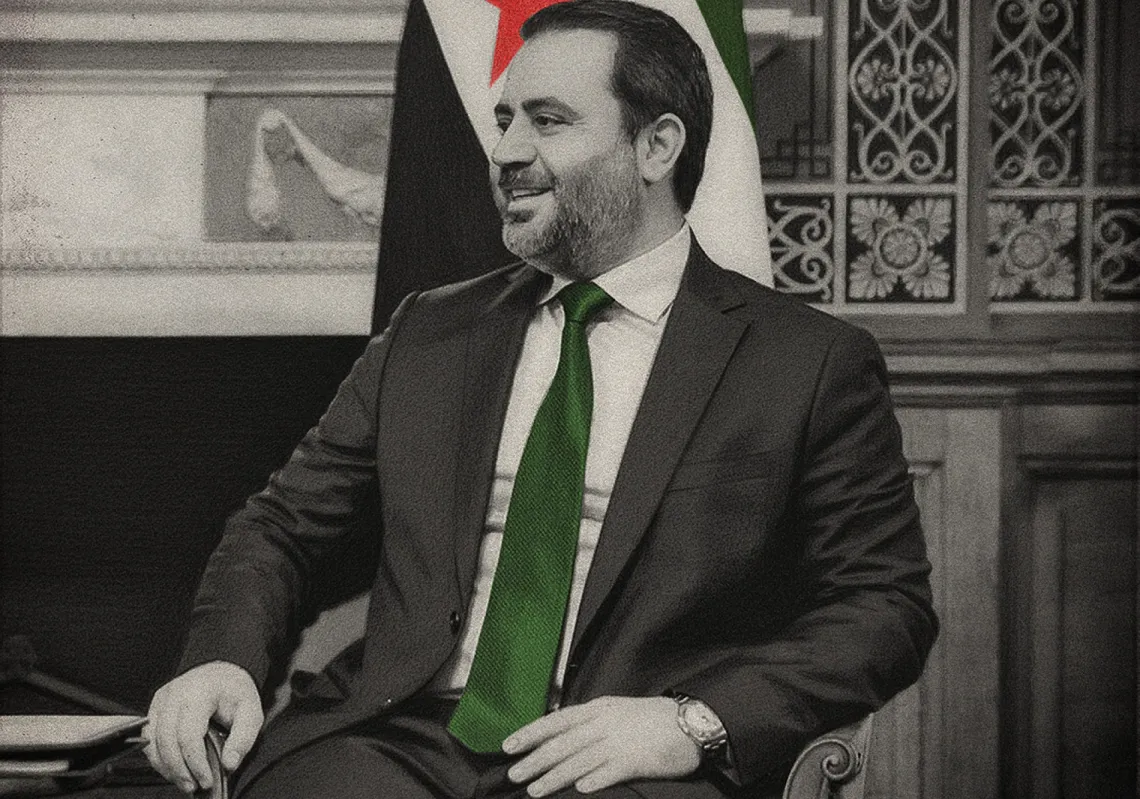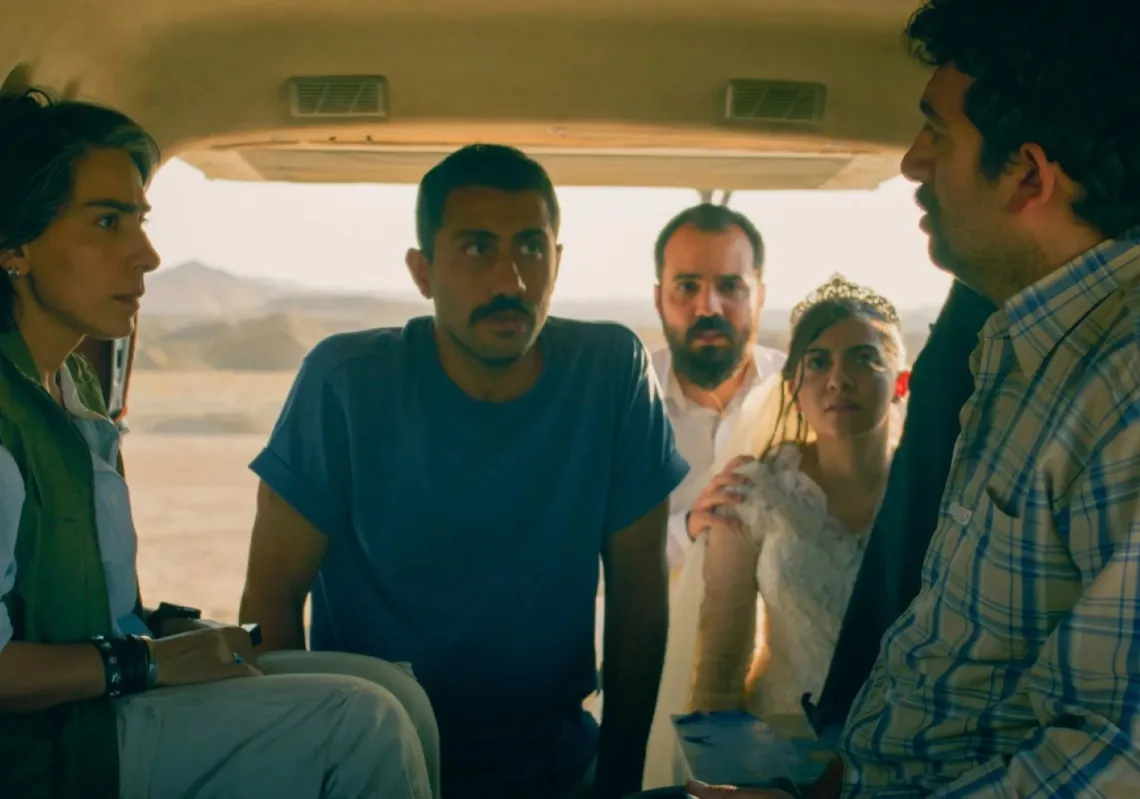On 3 December, Shin Bet director, Ronen Bar, was quoted saying: “The cabinet set a goal for us to take out Hamas. And we are determined to do it; this is our Munich.”
He, of course, was referring to the killing of two Israeli athletes at the 1972 Olympic Games in West Germany, along with nine hostages. The Black September Organisation carried it out. It triggered a series of reprisal attacks by then-prime minister Golda Meir, assassinating top Palestinian figures across Europe and the Arab World.
Bar added: “In every location, in Gaza, in the West Bank, in Lebanon, Turkey, Qatar, everyone. It will take a few years, but we will do it.”
The chilling threat brings back memories of the troubled 1970s when Israel carried out a slew of revenge killings. Al Majalla takes a look at some of the top Palestinian figures assassinated abroad by Israel since then. (This list does not include Palestinian figures assassinated inside of Palestine.)
Saleh al-Arouri

Hamas leader Saleh Al-Arouri was killed on Tuesday in an Israeli strike that targeted an office of the Palestinian movement in the southern suburb of Beirut, 88 days after the start of the war in the Gaza Strip.
Israel did not comment on the operation that took place in Hezbollah's stronghold. But Israeli army spokesman Daniel Hagari said in a press conference, “(The army) is on alert (...) in defence and attack. We are prepared for all scenarios,” without commenting directly on al-Arouri’s killing.
A prominent Lebanese security source said that an Israeli strike killed Al-Arouri along with a number of his companions without specifying their number. Another security source confirmed the same information, explaining that two floors of the targeted building were damaged, in addition to at least a car.
Al-Arouri is one of the founders of the Izz al-Din al-Qassam Brigades. He spent many years in Israeli prisons until he was released in 2010, and Israel expelled him from the Palestinian territories.
Al-Arouri, along with several other Hamas leaders, resides in Lebanon. The Israeli army destroyed his home in the village of Arora in the occupied West Bank in October.
Lebanese Prime Minister Najib Mikati said that Israel's bombing of the Hamas office was an attempt to drag Lebanon into the war. He asked Foreign Minister Abdullah Abu Habib to submit a complaint to the Security Council.
The border between Lebanon and Israel witnesses an almost daily exchange of bombing between the Israeli army and Hezbollah, which is loyal to Iran and supports Hamas, raising fears of an expansion of the war.
Read more: Gaza at war: Will Hezbollah join the battle?
Ghassan Kanafani

Kanafani, 36, was among the most wanted of Israel’s targets. A ranking member of the Popular Front for the Liberation of Palestine (PFLP), he was killed by a car bomb planted behind the bumper of his Austin in Beirut on 8 July 1972.
His assassination came in response not to Munich but to the Lod Airport operation earlier that May, carried out by members of the Japanese Red Army whom the PFLP had recruited. Kanafani was many things: an essayist, novelist, journalist, and spokesman for the Palestinian group, which claimed responsibility for the Lod attack.






















